B2B Prices
Dear valued customers, We wanted to inform you about some upcoming changes to our pricing…
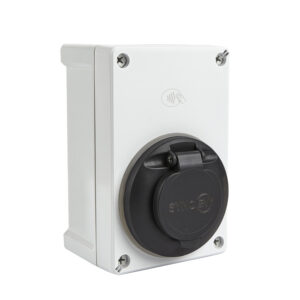
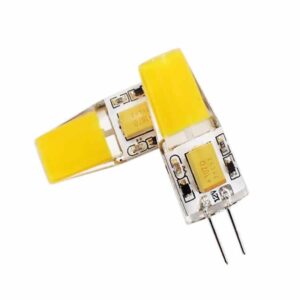
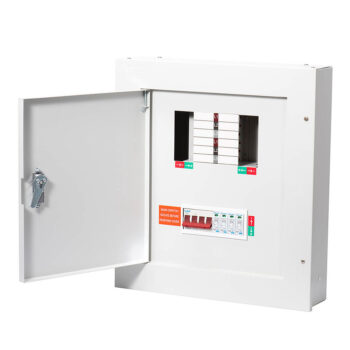

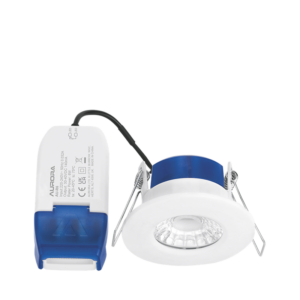
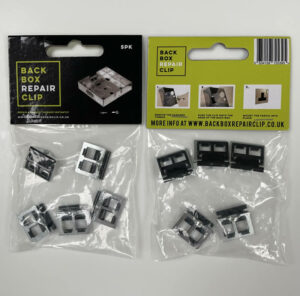
Showing all 7 results
Showing all 7 results


Get a head start on your projects with our handy ideas and inspiration posts, we have created some helpful guides to help you make the right decisions before buy. Stay current with the latest electrical tips on our blog.

Dear valued customers, We wanted to inform you about some upcoming changes to our pricing…
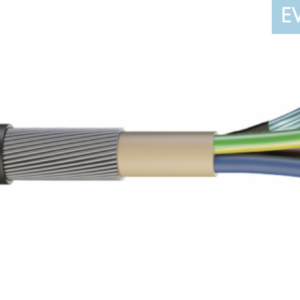
Shop Now EV-Ultra® – 3 Core 6mm SWA or Tuff and CAT5 combined This cable…

Once your credit account application has been approved you can shop on our website and…

PME Fault Detection Consumer Units also known as PEN Loss Consumer Units in stock now.
In electrical installations, the first fix involves the installation of cables, wiring and other electrical components before the walls and ceilings are plastered and decorated. One of the essential components used in this process is a fixing band.
A fixing band is a flexible metal strip used to fix cables and wiring to walls and ceilings. It is made of galvanized steel, making it corrosion-resistant and durable. The fixing band comes in different lengths and widths, depending on the size and type of electrical installation.
In the UK, the use of fixing bands in the first fix of electrical installations is a mandatory requirement. The installation needs to meet the requirements of BS 7671, the British Standard for Electrical Installations. Fixing bands are essential for proper cable management, providing support and stability for the cables. It ensures that the cables are safely secured and positioned, preventing damage, and reducing the risk of electrical fires.
Fixing bands come in various forms, including nail fixing bands and screw fixing bands. Nail fixing bands are used for fixing cables onto wooden beams and joists, while screw fixing bands are used on concrete and masonry walls. The choice of fixing band depends on the type of material used for the wall or ceiling and the size of the cable to be fixed.
One of the benefits of using fixing bands is the ease of installation. The bands can be installed within minutes, and they provide a secure fixing point for cables. Fixing bands are also versatile since they can be used on different types and sizes of cables, ensuring uniformity and stability.
In conclusion, the use of fixing bands in the first fix of electrical installations is a mandatory requirement in the UK. It is an essential component of the electrical installation process, providing safety and support for the cables. Fixing bands are easy to install, versatile and are available in different sizes and types, depending on the requirements of the installation.
Fixing bands, also known as fixing straps or fixing ties, are commonly used by electricians in the UK and elsewhere to streamline the process of first fix wiring in electrical installations. First fix wiring refers to the initial stage of electrical installation where cables and wiring are run through the building’s structure before walls, ceilings, and floors are finished. Fixing bands can significantly speed up this process in several ways:
To maximize the benefits of fixing bands in first fix wiring, electricians should consider the following best practices:
In summary, fixing bands are valuable tools that can significantly speed up the process of first fix wiring for electricians in the UK by providing cable management, organization, and protection. Properly secured and organized cables not only save time during installation but also contribute to the overall safety and efficiency of the electrical system.


To access and complete the B2B client application form, please log in to your account at Electrical4less. If you encounter any issues or need assistance, don't hesitate to contact our support team.






